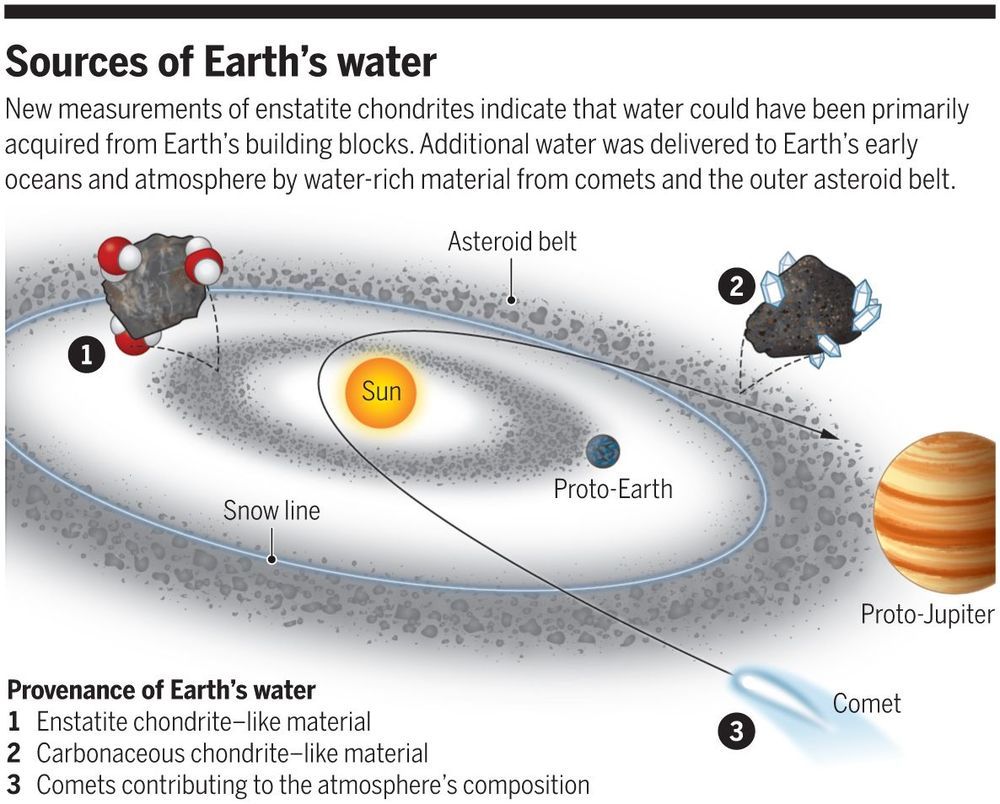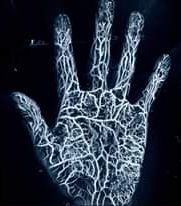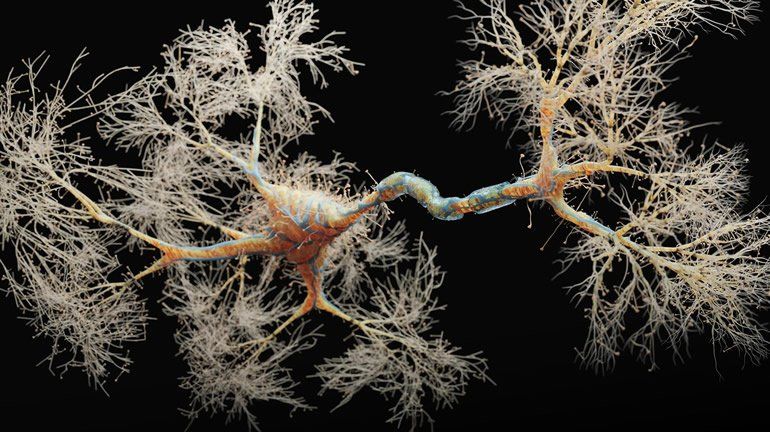Page 6194
Aug 30, 2020
Scientists Use Fruit Peel to Turn Old Lithium-Ion Batteries Into New
Posted by Quinn Sena in categories: economics, food
Scientists led by Nanyang Technological University, Singapore (NTU Singapore) have developed a novel method of using fruit peel waste to extract and reuse precious metals from spent lithium-ion batteries in order to create new batteries.
The team demonstrated their concept using orange peel, which recovered precious metals from battery waste efficiently. They then made functional batteries from these recovered metals, creating minimal waste in the process.
The scientists say that their waste-to-resource approach tackles both food waste and electronics waste, supporting the development of a circular economy with zero waste, in which resources are kept in use for as long as possible. An estimated 1.3 billion tonnes of food waste and 50 million tonnes of e-waste are generated globally each year.
Circa 2018
Is water wet? – The Answer Wall.
I provided this answer last week: Wetness is a perception, not an objective fact, and perceptual clues for wetness are actually not so straightforward, as you can see in this physiology article: bit.ly/wetness-perception. So, is water wet? Sorta maybe.
Our blue planet having water seems such a simple and obvious fact that the question of why Earth has water at all feels like a trivial one. However, the origin of this key ingredient for life has remained a long-standing topic of debate. According to models of Solar System formation, Earth, as an inner Solar System planet, should have little to no water. On page 1110 of this issue, Piani et al. ([ 1 ][1]) analyze enstatite chondrite meteorites, a material similar to Earth’s main building blocks, and address the origins of Earth’s water.
Early models of planetary formation predicted that the nebular gas near our young Sun was too hot to form ice.
Aug 30, 2020
At least 463 million students around the world have no access to digital or broadcast lessons, UNICEF report says
Posted by Quinn Sena in category: futurism
Aug 30, 2020
We Can Now See Inside the Human Body With the Greatest Detail To Date
Posted by Shailesh Prasad in category: biotech/medical
Aug 30, 2020
Starship SN6 prepares for hop — Super Heavy is coming
Posted by Genevieve Klien in categories: Elon Musk, space travel

Starship SN6 is aiming to conduct a 150-meter hop test on Sunday, just a few weeks after SN5 completed the first Starship prototype launch. SN6’s test will be a near-mirror of SN5’s short flight, with both prototypes aiming to refine SpaceX’s launch and landing operations. Meanwhile, additional Starships continue to evolve, along with preparations for the Super Heavy booster, which – according to Chief Designer Elon Musk – could conduct an initial test hop by October.
SN5 and SN6:
Continue reading “Starship SN6 prepares for hop — Super Heavy is coming” »
Aug 30, 2020
“Jumping” DNA Regulates Human Neurons
Posted by Genevieve Klien in categories: biotech/medical, neuroscience
Summary: Transposable elements team up with evolutionary recent neurons to influence differentiation and physiological function of neurons in brain development.
Source: EPFL
The human genome contains over 4.5 million sequences of DNA called “transposable elements”, these virus-like entities that “jump” around and help regulate gene expression. They do this by binding transcription factors, which are proteins that regulate the rate of transcription of DNA to RNA, influencing gene expression in a broad range of biological events.
Aug 30, 2020
First Physics-Based Method for Predicting Large Solar Flares
Posted by Genevieve Klien in categories: particle physics, space
Solar flares emit sudden, strong bursts of electromagnetic radiation from the Sun’s surface and its atmosphere, and eject plasma and energetic particles into inter-planetary space. Since large solar flares can cause severe space weather disturbances affecting Earth, to mitigate their impact their occurrence needs to be predicted. However, as the onset mechanism of solar flares is unclear, most flare prediction methods so far have relied on empirical methods.
The research team led by Professor Kanya Kusano (Director of the Institute for Space-Earth Environmental Research, Nagoya University) recently succeeded in developing the first physics-based model that can accurately predict imminent large solar flares. The work was published in the journal Science on July 31, 2020.
The new method of flare prediction, called the kappa scheme, is based on the theory of “double-arc instability,” that is a magnetohydrodynamic (MHD) instability triggered by magnetic reconnection. The researchers assumed that a small-scale reconnection of magnetic field lines can form a double-arc (m-shape) magnetic field and trigger the onset of a solar flare (Figure 1). The kappa scheme can predict how a small magnetic reconnection triggers a large flare and how a large solar flare can occur.
Aug 30, 2020
Creating A Chess AI using Deep Learning
Posted by Genevieve Klien in categories: information science, robotics/AI
When Gary Kasparov was dethroned by IBM’s Deep Blue chess algorithm, the algorithm did not use Machine Learning, or at least in the way that we define Machine Learning today.

















